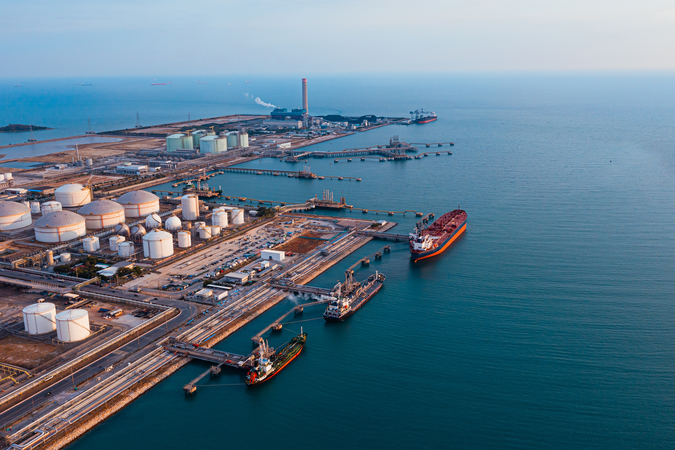Clean Steelmaking: Transitioning to a Low-Carbon Future
This paper presents a cost-minimizing model for low-carbon steel production using electric arc furnace technology, emphasizing material quality, emissions limits, and the role of policy in supporting cleaner methods for steel production.
Abstract
The steel industry, accounting for approximately 7–9 percent of global CO2 emissions, is a critical sector for industrial decarbonization. Transitioning from coal-based blast furnaces to low-carbon pathways such as hydrogen-based direct reduced iron (DRI) and electrified furnaces offers significant mitigation potential while reducing exposure to carbon pricing and trade measures. This study develops a low-carbon steel production (LCSP) optimization model to support industry practitioners and policymakers in strategic planning for sustainable decarbonization. The model incorporates natural gas- and hydrogen-based DRI ironmaking, scrap-DRI blending in electric arc furnaces, and life cycle CO2 emissions and impurity considerations to ensure product quality requirements are met at minimum cost. The current framework is a deterministic, single-period linear programming model with decision variables including DRI feedstock blending ratios and scrap steel-(new) DRI steelmaking proportions. The objective function minimizes net system costs by accounting for revenues, operational expenditures, CO2 offset and capture costs, and renewable energy credits. The LCSP model is implemented in the GAMS programming language and provides a flexible platform for assessing trade-offs between cost, emissions, and material quality in low-carbon steelmaking. See https://www.gams.com.








